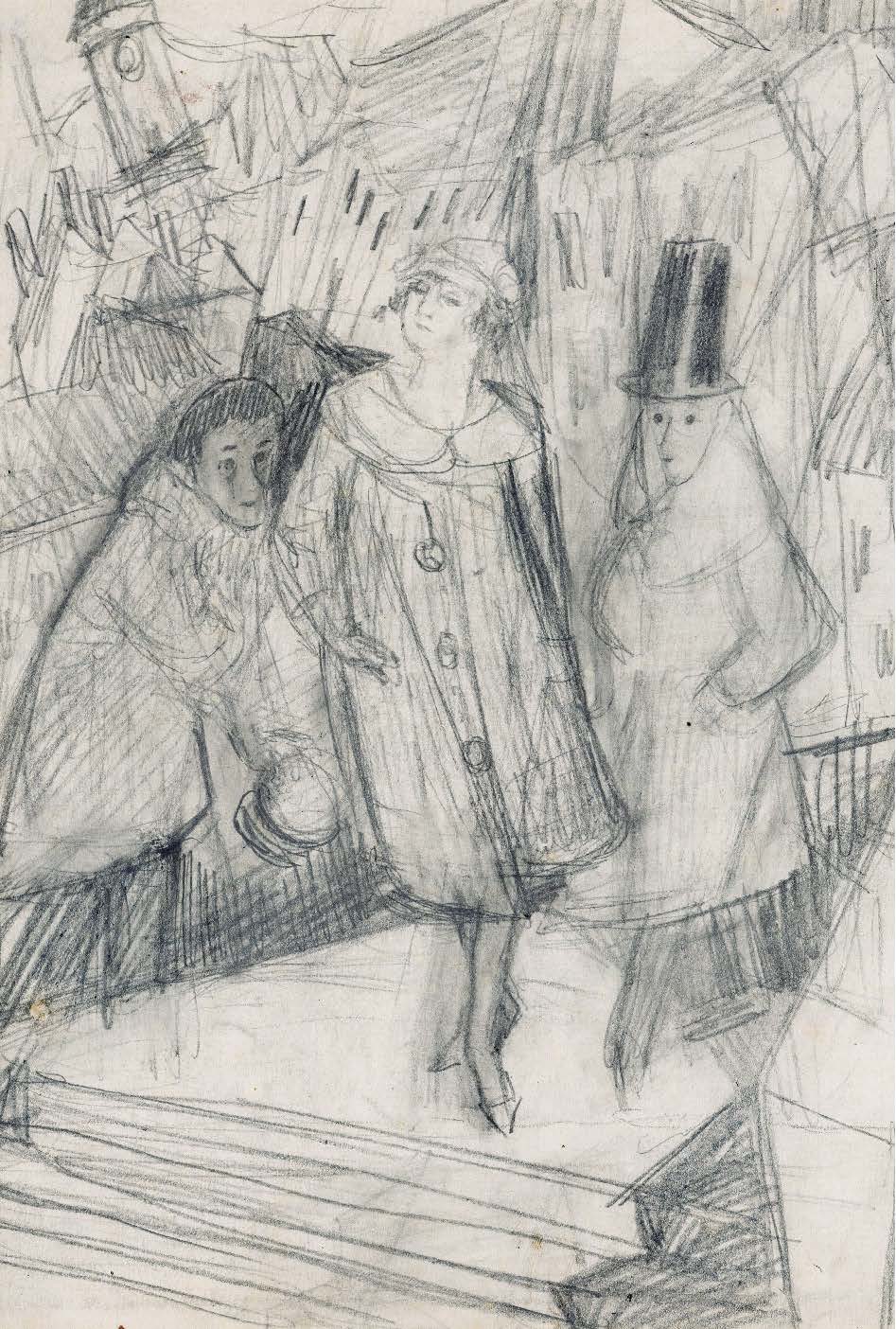Ciała pozbawiane powierzchni. Imago
DOI:
https://doi.org/10.26881/sf.2019.13.01Słowa kluczowe:
Bruno Schulz, autoportret, rysunek, ciało symboliczne, Xięga bałwochwalczaAbstrakt
Both drawings (the one from the first page of the fascicle and the other from the outer side of the cover) show two degrees, two stages of the decomposition of form. In the same process, bodies lose their integrity. They were shown by Schulz as a series of leaping aspects which are disconnected, hence discontinuous. The drawings were made in the 1930s. The beginning of the draughtsman’s development did not anticipate such a great catastrophe of bodily forms. In his works from the second and in part also third decade of the 20th century Schulz defined human figures precisely and unambiguously. Then, however, the proud poses which he took when drawing himself (e. g., in his narcissistic Lvov portrait) or other figures (Budracka or Weingarten) probably could not be repeated. In the final decade of his life (and artistic activity) Schulz was drawing differently, perhaps because he perceived himself and the others in a different way. The body? The draughtsman presents it as just a cluster of vibrating lines. A self-portrait? It is possible only as a psychological study, an exaggerated caricature that stresses individual traits or an icon of oneself (the big head with a hat on top, a small size). In hundreds of compulsive sketches drawn in the 1930s even those principles were not respected any more. The bodies that Schulz drew then, no matter if it was his own body or someone else’s, often approach a boundary behind which there is only trembling. Displacement and movement. Schulz’s sketches do not search for form. They are testimonies of its destruction or maybe better, its palpitation, solution and scattering.
For the eye, the body is a phenomenon of the surface. It is only the reduction of distance in an act of love (or aggression) or even a common handshake that change that state. Perhaps then the problem of Schulz’s representation of the body is reduced to perception. The drawn body has no smell or weight (or taste – it is not “meaty”). One cannot even touch it. A hand that makes an attempt to touch naked women, who in Schulz’s drawings take majestic and provocative poses, touches only a sheet of paper. The drawn body exists just for the eye. Thus the last chance for the existing body is keeping its surface. Why is it then that the body from Schulz’s late drawings loses its integrity, why does it so often fall apart under our eyes? What is the body for Schulz-the draughtsman and Schulz-the writer? How does he experience his own corporeality? How does he see himself? How do others see him?

 Uniwersyteckie Czasopisma Naukowe
Uniwersyteckie Czasopisma Naukowe





